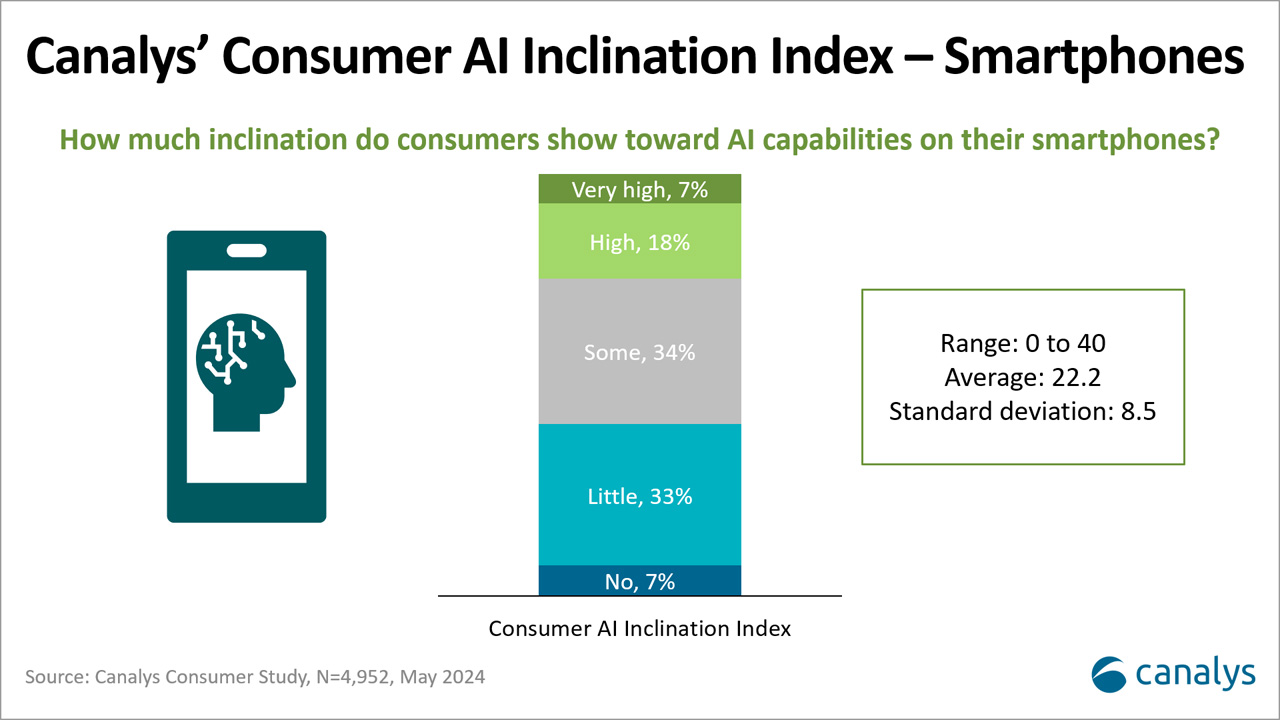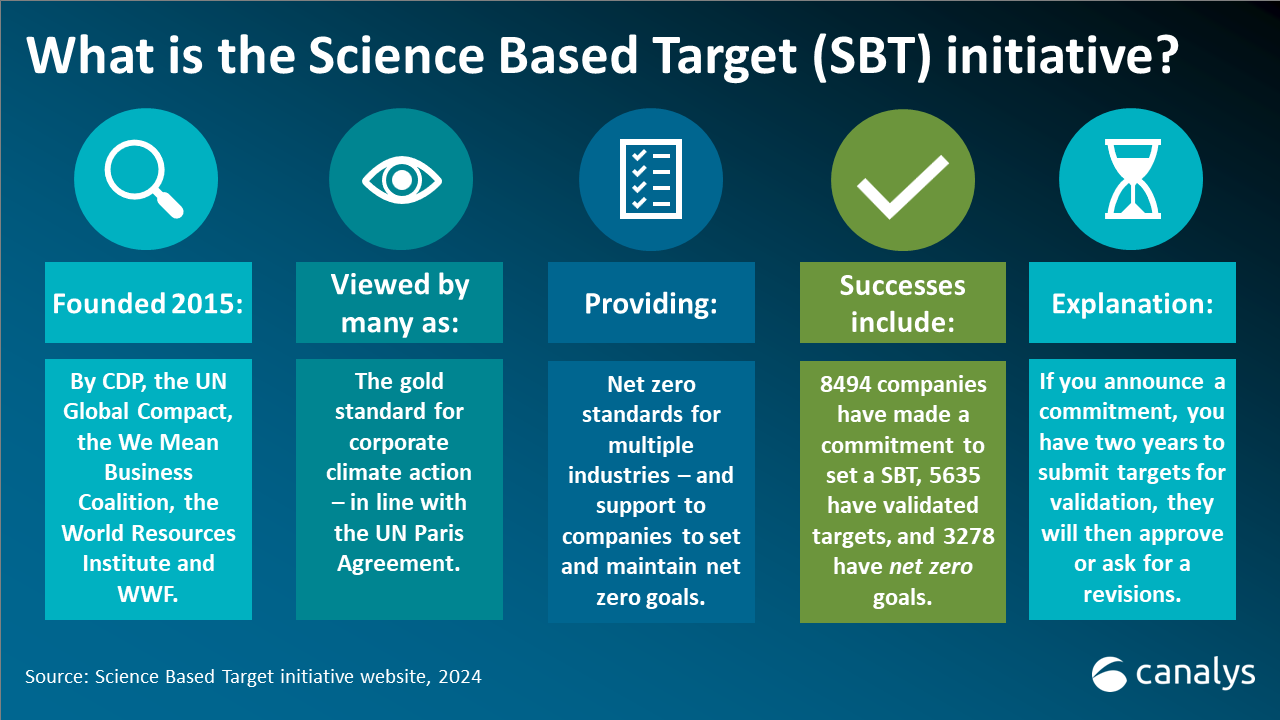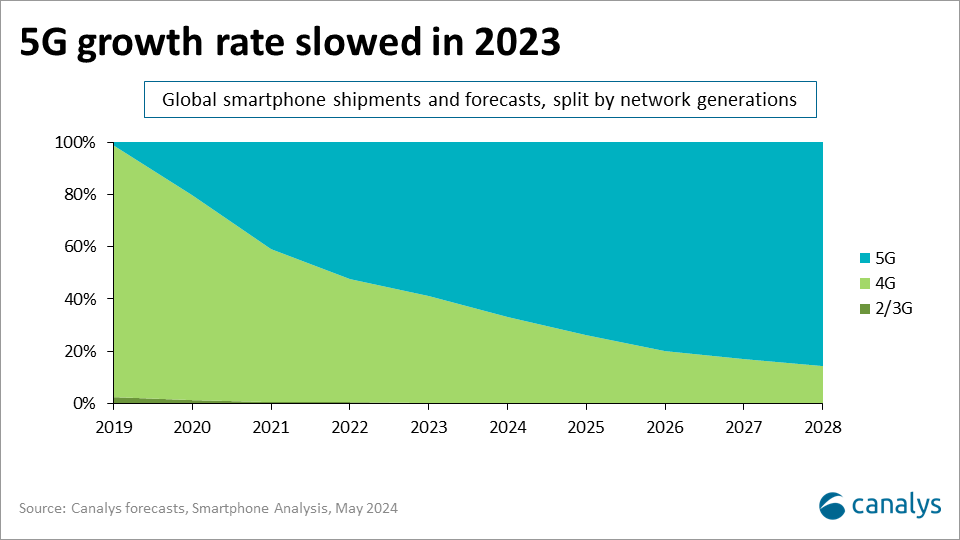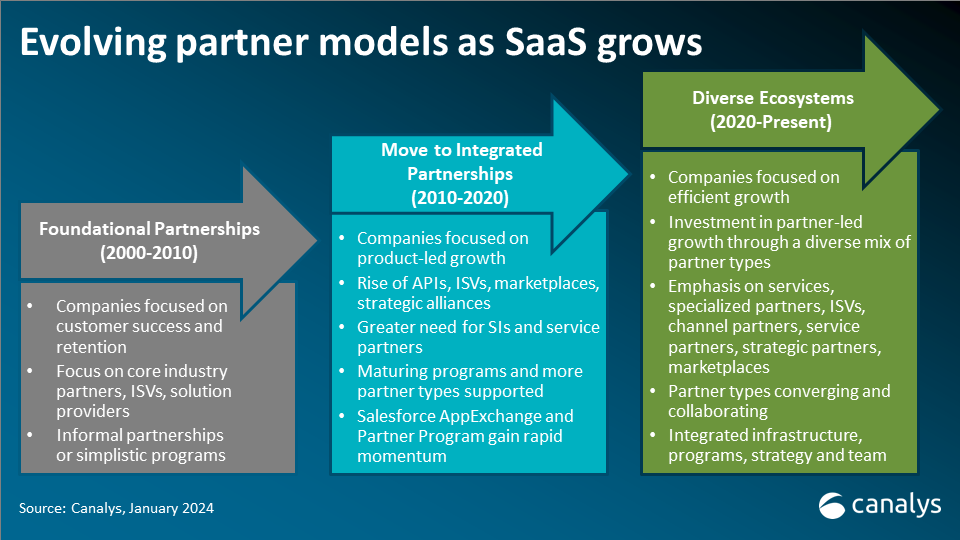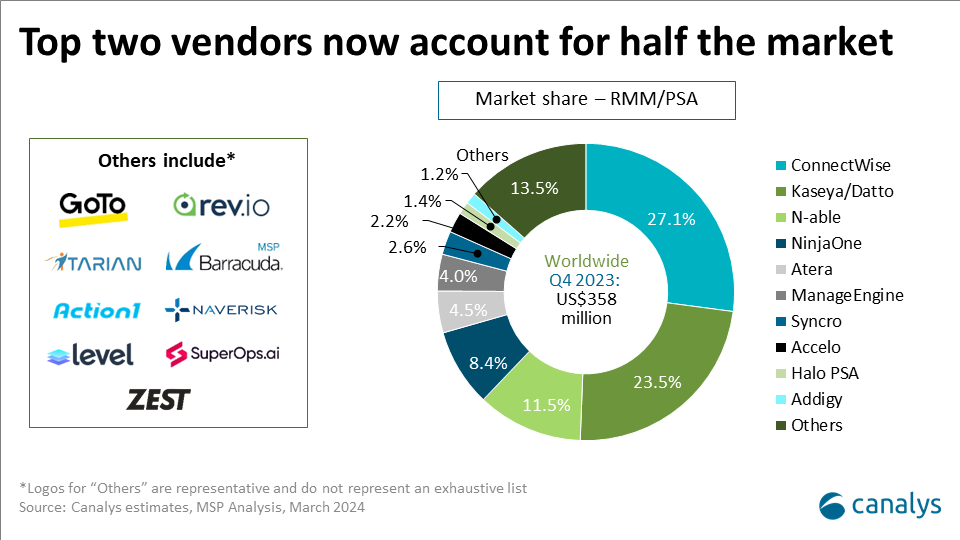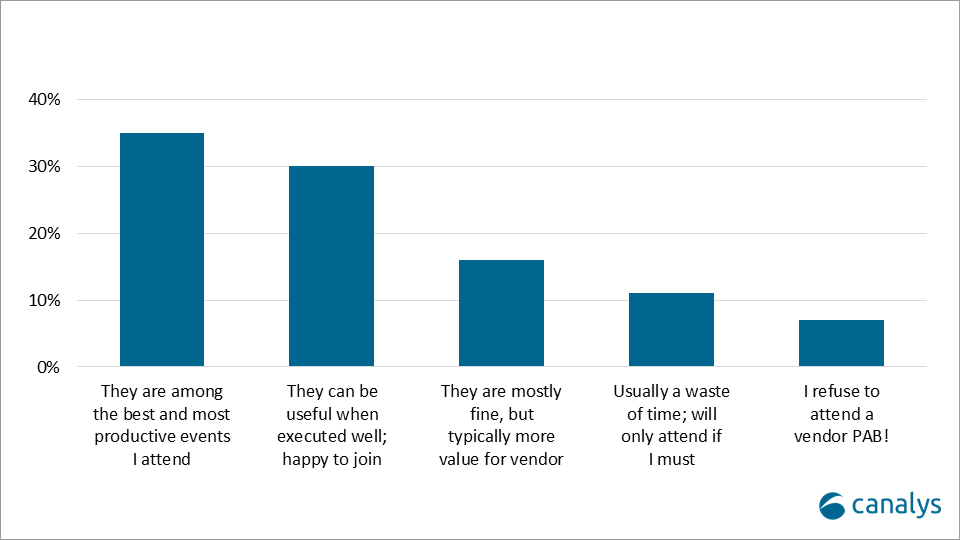Canalys is part of Informa PLC
This site is operated by a business or businesses owned by Informa PLC and all copyright resides with them. Informa PLC’s registered office is 5 Howick Place, London SW1P 1WG. Registered in England and Wales. Number 8860726.
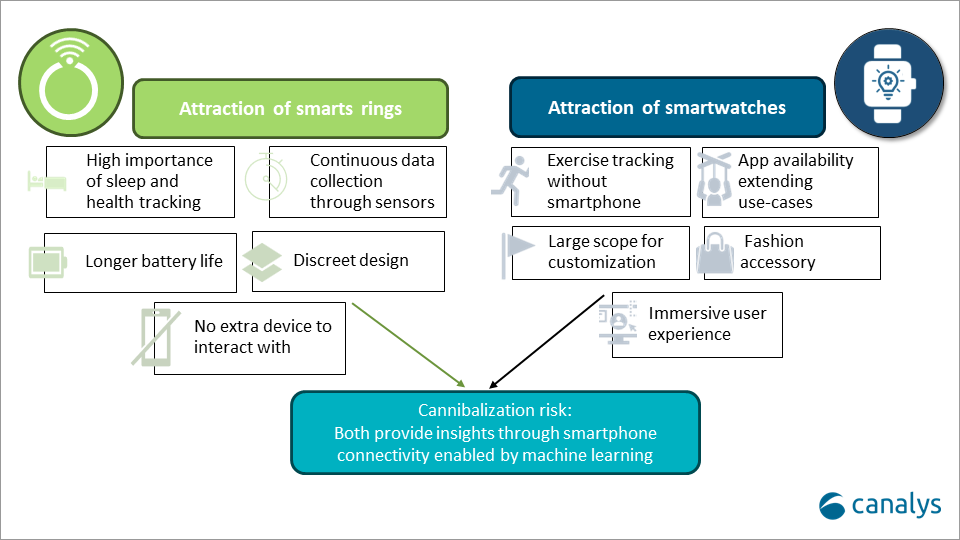
Key takeaways from Samsung’s Unpacked event
Samsung aims to boost sales of its premium foldable phones and wearables by leaning on exclusive AI features and tighter integration across the Galaxy ecosystem devices, though hardware improvements remains incremental.


This week’s Galaxy Unpacked event marked a critical point in Samsung’s foldable strategy as it tries to find ways to increase customer willingness to purchase Fold and Flip form-factor devices. Shipments of Samsung foldable devices declined in 2023 for the first time since its launch in 2020 and market share decreased to 63% from 81% in 2022. The drop in market share was mainly from the mainland Chinese market where Samsung has limited presence.
Samsung hopes that by leaning heavily into Galaxy AI to provide AI-powered use-cases such as multi-tasking across apps with Gemini on the Galaxy Z Fold6 and using the flex mode with live translate on the Galaxy Z Flip6, it can tackle the downturn. There were minimal improvements to hardware at the event though, which is underwhelming. The Galaxy Z Flip6 gains improved battery capacity and camera while the Galaxy Z Fold6 has a slightly slimmer and wider design.
Samsung still holds over 80% market share in foldable devices in markets excluding mainland China, so it does have some breathing room. And it may be trying to leverage software and AI features rather than hardware to increase adoption. However, it cannot afford to get complacent, as competitors such as HONOR and OPPO have ambitious foldable expansion plans globally, with OPPO also partnered with Google to bring Gemini onto its devices.
Samsung also unveiled plans to intuitively provide suggestions to users by progressively learning their behavior over time and linking data sources from multiple devices. To address user privacy concerns it stores all the data on-device. This incentivizes customers to use more devices in the Galaxy AI ecosystem over a longer period because the better Galaxy AI knows you, the better it can provide useful suggestions. These future benefits may help convince Samsung’s existing users of other products, who are on the fence, to opt for the Galaxy Z Fold6 or Flip6 devices.
The role of Galaxy Ring and Galaxy Watch Ultra in Samsung’s premiumization strategy
Samsung's wearable band market share dropped to 19% in 2023 from 22% in 2022, losing ground to new WearOS competitors and the continued success of the platform-agnostic Garmin, whose health and fitness features lead the market. To counter this decline, Samsung introduced the Galaxy Ring and Watch Ultra, aiming to carve out new premium product segments with high margins. The premium pricing (US$399 and US$649 respectively) could help alleviate margin pressures from its core smartphone business, which faces intense price competition.
These new products target rapidly growing segments, enabling Samsung to differentiate its offerings in the increasingly homogeneous WearOS market. By positioning the brand as ultra-premium and market-leading, Samsung aims to become the top Android vendor in these segments. Additionally, these products showcase Samsung's AI-enabled health and fitness insights and the Samsung Health platform, which will be crucial in the future of the wearable band market.
While most features are available on all connected Android devices, exclusive features such as gesture controls, Find my Ring, enhanced tracking accuracy with a Galaxy Watch, and 30% more battery efficiency are only accessible when connected to a Samsung Galaxy smartphone or smartwatch. This exclusivity draws Samsung smartphone users towards the Galaxy Ring instead of current market leading options. However, the scope for upgrades and innovation is limited due to the small size of the form factor and limited amount of hardware and features, with future upgrades likely to revolve around optimizing battery life and reducing casing size. Long term, this may leave Samsung struggling to drive upgrades over future generations.
For users only interested in health monitoring, the Galaxy Ring could potentially replace the Galaxy Watch. However, health-conscious consumers might consider purchasing both if they desire the flexibility of using another device while retaining health monitoring features as the Galaxy Ring and Galaxy Watch cater to different use cases. The ring is ideal for users who prioritize sleep and wellness tracking, offering a streamlined health and fitness solution through the connected smartphone. In contrast, the Galaxy Watch serves those needing a more comprehensive smartwatch experience.
Galaxy Buds3 integrates with Galaxy AI for more premium positioning
Samsung also managed to infuse Galaxy AI into the Galaxy Buds3 series with Samsung-exclusive AI features accessible via connected Galaxy smartphones. Aiming to drive high attach rates to premium Galaxy smartphone users, it was important for Samsung to deliver the right value proposition to different segments of the personal audio market.
The Galaxy Buds3 Pro is positioned to compete with flagship models from audio experts like Sony. These ultra-premium TWS Buds3 Pro aim to attract audiophile Galaxy smartphone owners with market-leading audio performance, ANC, and unique Galaxy-only features such as Live Translate and Interpreter, making them a compelling choice over other vendors' devices. This repositioning reflects an increased willingness to invest in high-quality audio devices as usage times rise year over year and address the growing consumer demand for premium audio quality and features.
The Galaxy Buds3 play an important role for Samsung to provide users a solid TWS option to complement the Galaxy smartphone. The price increase to US$179 also further differentiates the Galaxy Buds3 from the Galaxy Buds FE which are targeted at a more mass-market user base. The lower price point of the Galaxy Buds FE at US$99 makes them more suitable for promotion bundling with premium Galaxy smartphones, allowing the Galaxy Buds3 to maintain a more premium positioning.
